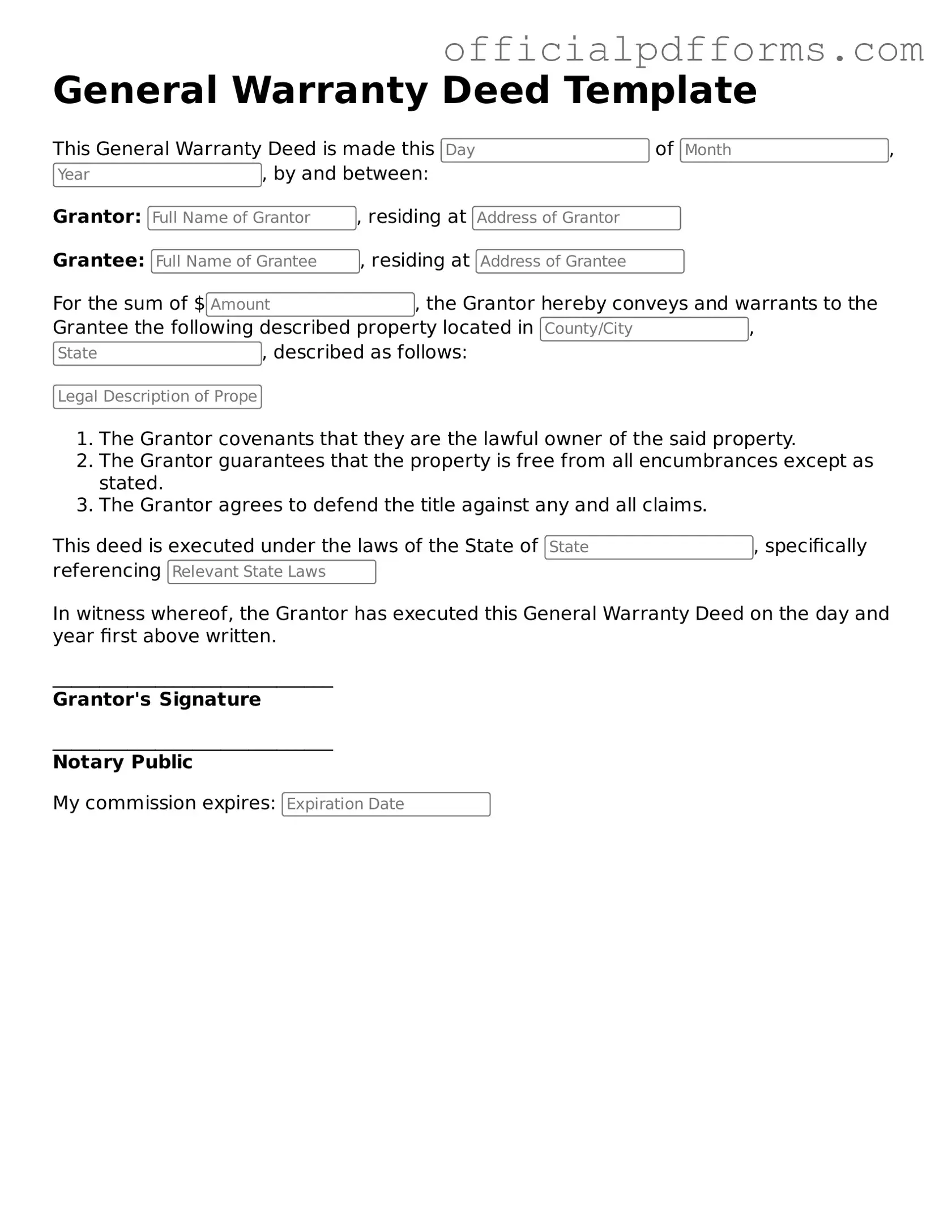Valid Deed Document
A Deed form is a legal document that formally conveys ownership of property or assets from one party to another. It serves as a critical tool in real estate transactions, ensuring that the transfer is recognized and enforceable under the law. Understanding how to properly complete this form is essential for anyone involved in property dealings.
Ready to take the next step? Fill out the Deed form by clicking the button below.
Access Form Online
